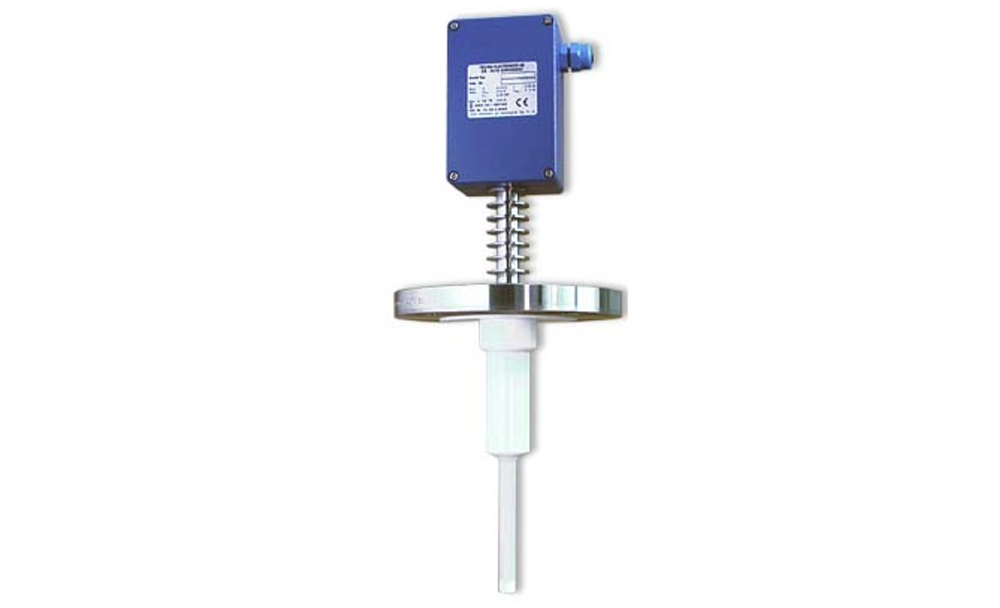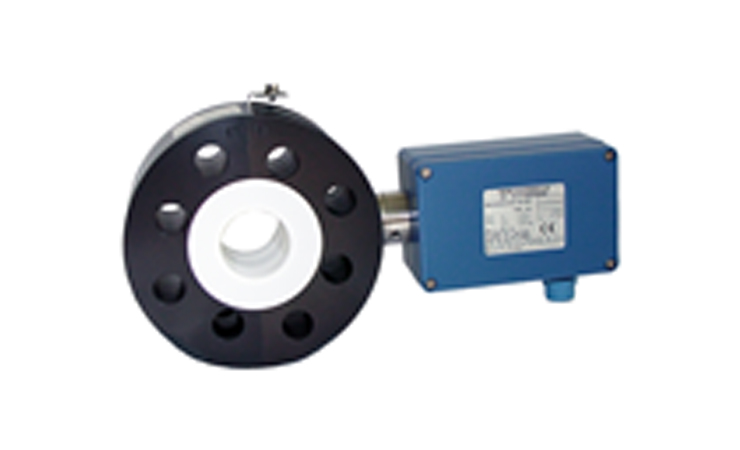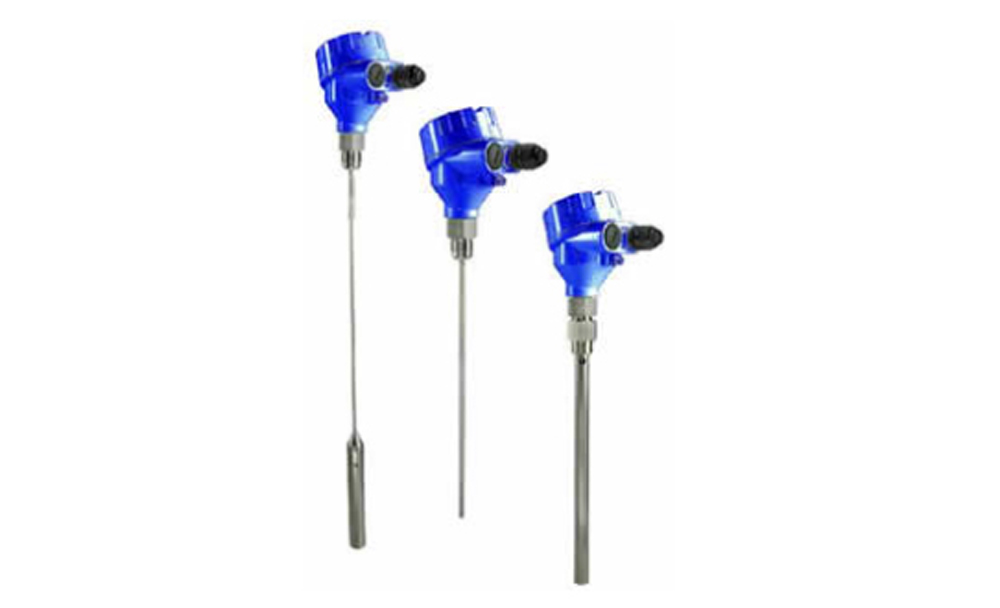Interfacial Level Measurement
ESPRO represent Aquasant Messtechnik AG on an exclusive basis, who is a Swiss company specialised in measurement and control technologies for more than 30 years. It is known for its innovative highest quality products.
Interfacial Level Measurement
ESPRO represent Aquasant Messtechnik AG on an exclusive basis, who is a Swiss company specialised in measurement and control technologies for more than 30 years. It is known for its innovative highest quality products.
The interface layer measuring unit MIQ 8130 handles the digital data signal transmitted by the measuring electronic.
Via this signal line the on site measuring electronic receives also the intrinsically safe power supply. A modern operation and calibration concept with automatic calculation of the measuring range allows an extremely time saving commissioning of the analogue measurement. Measured value and percentage can be selected to be shown on the display.
As output signals you have at disposal, a mA analogue signal corresponding to the actual filling level, as well as one relay output.
The film keypad with function and full-graphics display ensures a user friendly and safe operation.

Type: MIQ 8130 IIC V1.1x 24V A/G Article-Nr.: 02.32.67.03 xxxx
Please visit website for more information: www.aquasant-mt.com

With customized bar probes
Reliable interface level detection and control, directly in the decanter, with interface bar probes.
All bar probes are customized to the customer’s specifications.
The bar probes do correspond for geometrical sizes and for the material in contact with the product to the requirements of the customer.
Special materials as titanium, zirconium Zr 702, tantalum, hastelloy, inconel, glass, ceramic etc …

With the electronic inspection glass
Reliable phase separation of two non-mixable liquids directly in the pipeline with the interface detector pipe probes
Pipe probe Type: TSS80 DN .. SF MTI 50/0 AG2 Fix
The pipe probes TSS80 are available in different versions.
Nominal diameters: DN 32/40, 50, 80, 100, ANSI 2″, 3″
Process connection: flat flange or aseptic
Hazardous area: II 1/2 G Ex d ia IIC T6 SEV 09 ATEX 133 X CE 0036/0499
Protection housing: IP 65 powder coated (blue) or stainless steel with laser inscription, screwed cable gland M16x1.5
Factory calibrated, no calibration required at commissioning/start-up

ATDR Radar Level Transmitter
The TDR measuring principle ensures a reliable measurement of all products.
Low-energy, high-frequency electromagnetic impulses, generated by the sensor’s circuitry, are propagated along the probe which is immerged in the media to be measured.
When these impulses hit the surface of the liquids or solids, part of the impulse energy is reflected up the electrode.
The level is calculated from the time difference between the impulses sent and the impulses reflected and converted to an analog active standard signal of 4-20 mA.
The settings can be done on site at the sensor or via HART.
Please visit Aqusant-mt.com for more information